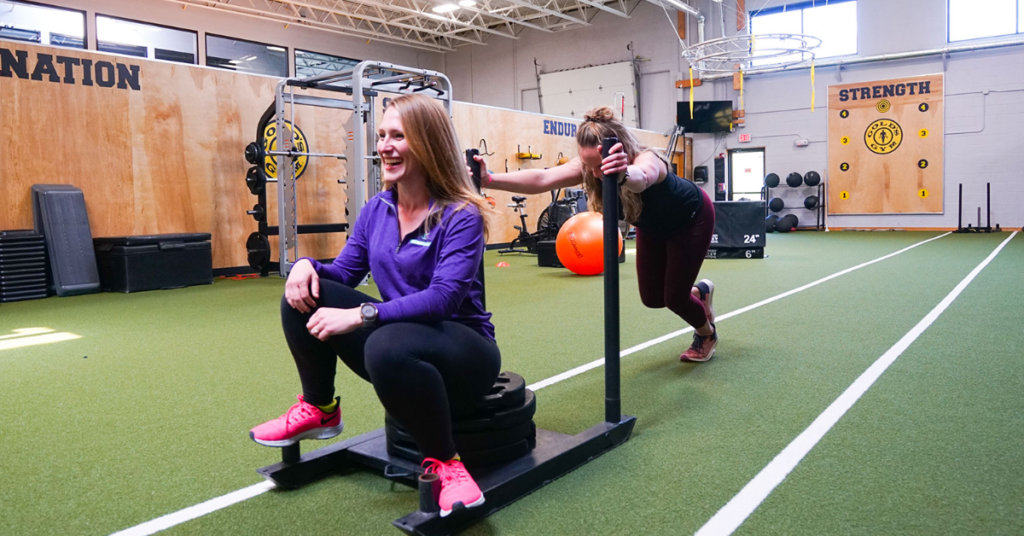Decrease Your Injury Risk
With This One Simple Reminder
Howdy Folks. Happy Spring (granted, it sure feels like Summer)! I wanted to take some time to chat about activity-related injuries.
Every spring, summer, fall, and winter I see the same thing in the clinic. Activity-related injuries increase dramatically.
So, as the weather warms and we are antsy to get outside and play, remember one thing…
We all think we’re invincible until we’re not.
I’ve been there and I’m sure you have too. Once the sun’s beaming down, all you can think about are the cool “outdoorsy” things you can do. You start running more mileage, playing in a rec sports league, hiking hillier terrain, and gardening daily…until the aches and pains begin.
Young or old, jumping into activity too fast can cause a deleterious series of events. Your body is only capable of what it is ready for. A dramatic increase in activity can accumulate stress on your body. Too much stress too fast = potential for injury.
With athletes, we use the Acute-Chronic Workload Ratio (ACWLR) to assist us in monitoring their training loads (stress). It allows us to compare an athlete’s short-term work (training load) versus their long-term work (fitness capacity). If their weekly training load (short-term work) exceeds their monthly training load (long-term work) by >1.3%, the stress accumulated on their body is too much and they are at a higher risk for injury. (I’m not going to go more in-depth here, but if you would like to read more on this topic, check this out.)
Although you may not deem yourself an athlete, the theory behind the ACWLR can apply to principles of everyday life. When your activity load exceeds your fitness for that specific task, your injury risk increases! If it has been months since you or your child has performed an activity, don’t jump straight into the deep end. You need to remember how to swim, first. 😊
For all of the parents of child athletes, weekend warriors, landscapers, avid gardeners, or speed walkers… this is something you should be thinking about. If you or your child starts performing an activity and experiences pain, explore the variables around the activity.
- How long ago was the last time you did the specific activity?
- How long did you do the activity?
- How intense was the activity?
- Does your short-term work (weekly) exceed the amount of long-term work(monthly) you’ve done recently?
I never thought I would be utilizing the ACWLR when discussing day-to-day injury because there is no science behind it… but heck… why not? Tracking your daily activity levels to monitor yourself may not be a bad idea! If there is a day or time when you are starting to feel more discomfort, do a check to see how much time you spent playing rec sports, gardening, or even walking recently. My guess is you’ve done too much, too fast and your short-term work exceeded your long-term work.
Start a journal. Track your activities and help yourself or your loved ones stay injury-free. We always say practice makes perfect. Why not practice tasks related to gardening, climbing, hiking, swimming, etc., in the off-season. If athletes practice their trade before they put it to practice, why shouldn’t you, too?
Just Remember…your body can only handle what it is capable of 😊.
Happy Spring!
Ashley
